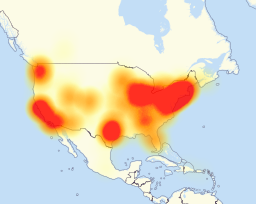This article is about a flaw in iOS 10 which allows the execution of malicious code if your view a JPEG, font files or PDF file through a website or email. The good news is that Apple has released iOS 10.1 to correct this issue. In fact, the iOS 10.1 update addresses 11 security flaws.
This announcement is fresh of the heels of a DD0S attack last week that used some non-conventional technologies such as cameras, routers and DVR’s to perform that attack. It’s only a matter of time before hackers turn to other avenues to perform their attacks as other avenues are closed off. Everyone thinks phones, cameras, etc are safe from this, but the truth is, anything that is connected to the Internet can, and most likely will, be a target for hackers.
